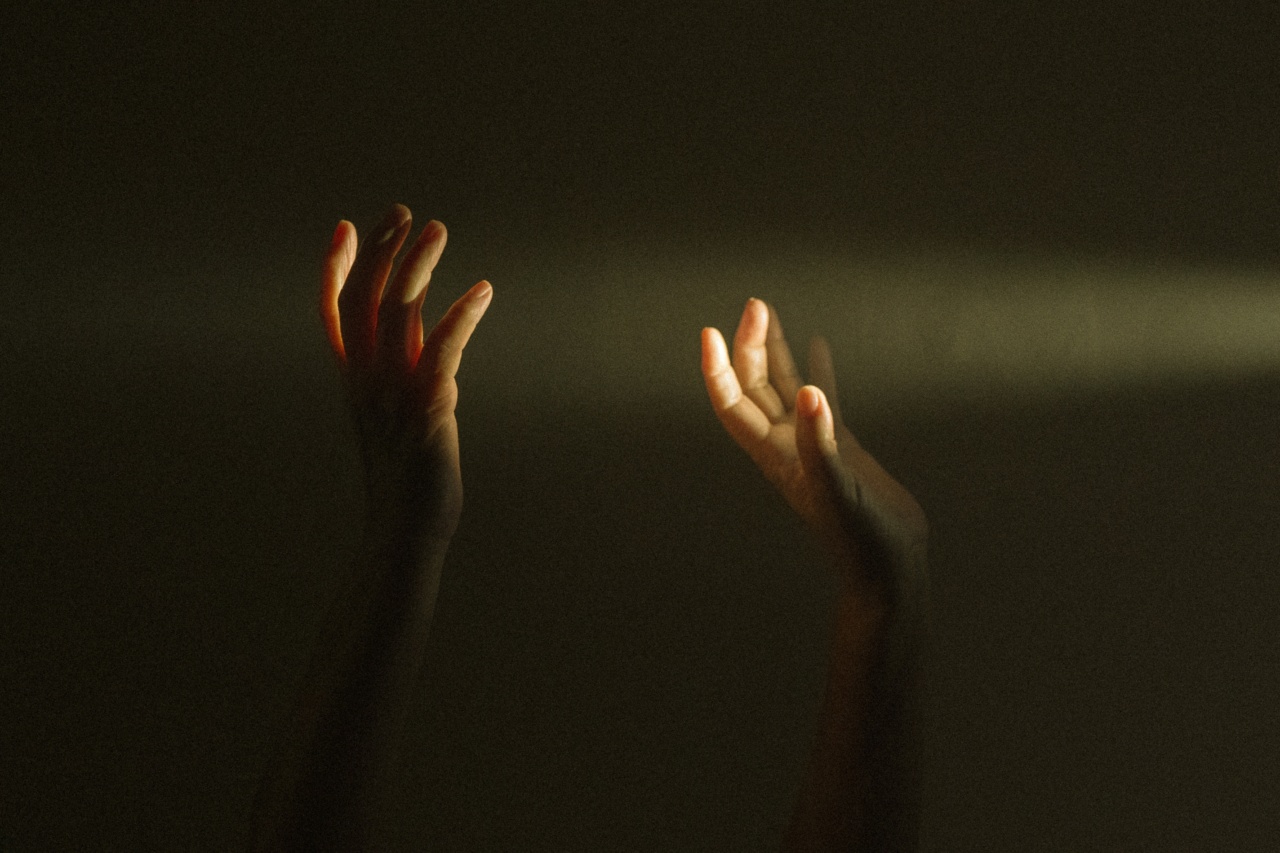In today’s modern world, artificial light has become an integral part of our daily lives.
From the moment we wake up to the time we go to bed, we are constantly exposed to various sources of artificial light such as light bulbs, laptops, smartphones, and televisions. While artificial light has undoubtedly improved our lives by allowing us to be productive and active even in the darkest hours, it can also have a detrimental impact on our mental health if overexposed to it.
The Science Behind Artificial Light
Artificial light sources emit light rays that are different from natural sunlight. Most artificial lights emit a higher concentration of blue light wavelengths, which have shorter wavelengths and higher energy compared to other colors.
This blue light is known to have both positive and negative effects on our bodies.
Blue light exposure during the daytime can help regulate our circadian rhythm, which is responsible for keeping our sleep-wake cycle in sync. It boosts our mood, enhances alertness, and improves cognitive function.
However, when we are exposed to excessive amounts of blue light at night, especially before bedtime, it can disrupt our natural sleep patterns and have negative consequences on our mental well-being.
The Impact of Overexposure to Artificial Light on Sleep
Our bodies are naturally programmed to be active during the day and restful at night. In the evening, as the sun sets, the production of melatonin, a hormone that helps regulate our sleep, starts to increase.
Exposure to artificial blue light after sunset can lead to suppressed melatonin production, making it harder to fall asleep and have a restful night.
Research has shown that individuals who are frequently exposed to artificial light before bedtime experience delays in their sleep onset, reduced sleep duration, and poorer sleep quality.
The disruption of our natural sleep patterns can have a significant impact on our mental health, leading to increased levels of stress, anxiety, and even depression.
The Relationship Between Artificial Light Overexposure and Mood Disorders
Excessive exposure to artificial light, particularly at night, has been linked to an increased risk of developing mood disorders.
Several studies have found a correlation between artificial light exposure and symptoms of depression and bipolar disorder.
The disruption of our natural sleep-wake cycle due to overexposure to artificial light disturbs the delicate balance of serotonin, a neurotransmitter responsible for regulating mood.
Reduced serotonin levels have been associated with depression, anxiety, and other mood disorders. Moreover, the lack of quality sleep affects our emotional regulation, making us more prone to irritability and mood swings.
The Impact of Artificial Light Overexposure on Cognitive Function
Our cognitive function, including attention, memory, and problem-solving abilities, can also be negatively affected by overexposure to artificial light.
Lack of quality sleep due to excessive artificial light exposure can impair our cognitive performance, making it harder to concentrate, retain information, and make decisions.
Moreover, the constant exposure to artificial light sources, such as screens, can lead to digital eye strain or computer vision syndrome.
Symptoms include eye fatigue, dryness, blurred vision, and headaches, all of which can further impact our cognitive abilities and overall well-being.
Strategies for Reducing Artificial Light Overexposure
While it may be challenging to completely eliminate artificial light exposure in today’s technology-driven world, there are several strategies that can help reduce overexposure and mitigate its negative effects on mental health:.
1. Implement “Digital Detox” Time
Set aside specific times during the day when you disconnect from electronic devices and screens. This can be during meals, before bedtime, or when engaging in relaxing activities.
Use this time to unwind, engage in hobbies, or spend quality time with loved ones.
2. Reduce Blue Light Emissions
Many electronic devices now offer a “night mode” or “blue light filter” option that reduces the amount of blue light emitted. Enable this feature, especially in the evenings, to minimize the disruption to your sleep-wake cycle.
3. Opt for Warm Lighting
When choosing light bulbs for your home, opt for warmer tones instead of harsh, bright white lights. Warm lighting has a softer and more soothing effect on our bodies, making it easier to wind down and prepare for sleep.
4. Create a Sleep-Friendly Environment
Make your bedroom a haven for quality sleep by eliminating unnecessary sources of light. Invest in blackout curtains to block out external light, turn off electronic devices, and ensure the room is cool, quiet, and comfortable.
5. Establish a Consistent Sleep Routine
Try to go to bed and wake up at the same time every day, even on weekends. Establishing a consistent sleep routine helps regulate your body’s internal clock and optimize the quality of your sleep.
Conclusion
While artificial light has undoubtedly improved our lives in numerous ways, overexposure to it can have a significant impact on our mental health.
The disruption of our natural sleep-wake cycle, increased risk of mood disorders, and impaired cognitive function are all consequences of excessive exposure to artificial light. By implementing strategies to reduce artificial light overexposure, we can protect our mental well-being and enjoy a more balanced and restful life.































